
Source: DimiTalen, CC0, via Wikimedia Commons
The lucky animals that protected health, wealth and happiness in Edo-era Japan
- Tags:
- akae / Charm / Dog / horned owl / inu hariko / Maneki Neko / talisman
Related Article
-
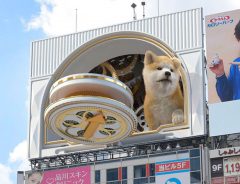
Giant 3D Akita dog leaps across 8 digital billboards above Tokyo’s Shibuya Station
-
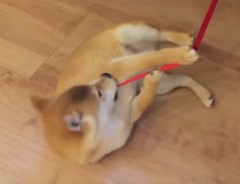
This Shiba Vowed Never To Go Outside Again! He Is Serious!!
-

Devastated Dog Can’t Believe Playtime Is Over
-
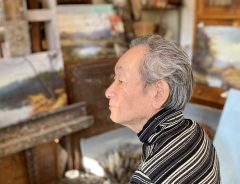
[A Visit to the Atelier] Epidemics and Talismans in Ukiyo-e
-
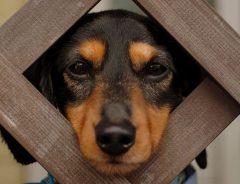
Quirky pets make for good times on Japanese SNS
-
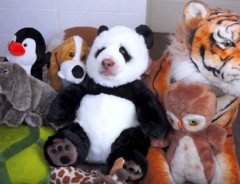
[VIDEO] An Ice Cream Cone Is All You Need To Figure Out What’s Wrong With This Image

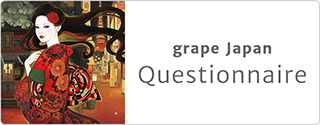
Lucky animals have always been popular in Japan. People pray for safe childbirth, family health and longevity, as well as for business prosperity and success at work. Many Japanese buy charms and talismans to keep at home or to give as a gift to family, friends and business associates when they visit local shrines and temples at New Year.
Lucky animals first became popular in the Edo period (1603-1868). The best-known of these charms to have survived to the present day is the maneki-neko 招き猫 (beckoning cat), which is considered indispensable for inviting good luck to a business. Its raised right paw brings in the money, while its left paw symbolises matchmaking, bringing people together.
Another lucky item, though not one so often used these days, is the inu hariko (papier-mache dog). They were given as gifts to pregnant women to pray for safe childbirth because dogs give birth to their young easily. It is made by gluing layers of paper to a frame made of clay or woven bamboo. Once the glue is dry, the frame is removed, leaving a lightweight hollow toy that can be painted in bright colours.
Kuribo, CC BY-SA 3.0, via Wikimedia Commons
The same dog wearing a bamboo basket on its head is known as zarukaburi inu (笊かぶり犬) and was said to ease a child's breathing, in the same way that the weave of a bamboo basket lets air and water pass through. Moreover, the Chinese character for 'bamboo' above the character for 'dog' looks like a smile and it is said that good fortune and happiness will come to those who smile.
Greg Hume, CC BY-SA 3.0, via Wikimedia Commons
Another lucky animal you don't see much these days is akae 赤絵 horned owl toys. In the Edo period, owls were said to drive away smallpox, which was much feared in those days. The owl's keen vision meant it could spot danger from a distance. The toys were painted red in the belief that red warded off evil spirits. To this day, some people still give akae horned owl toys to children as a way of protecting their healthy growth.